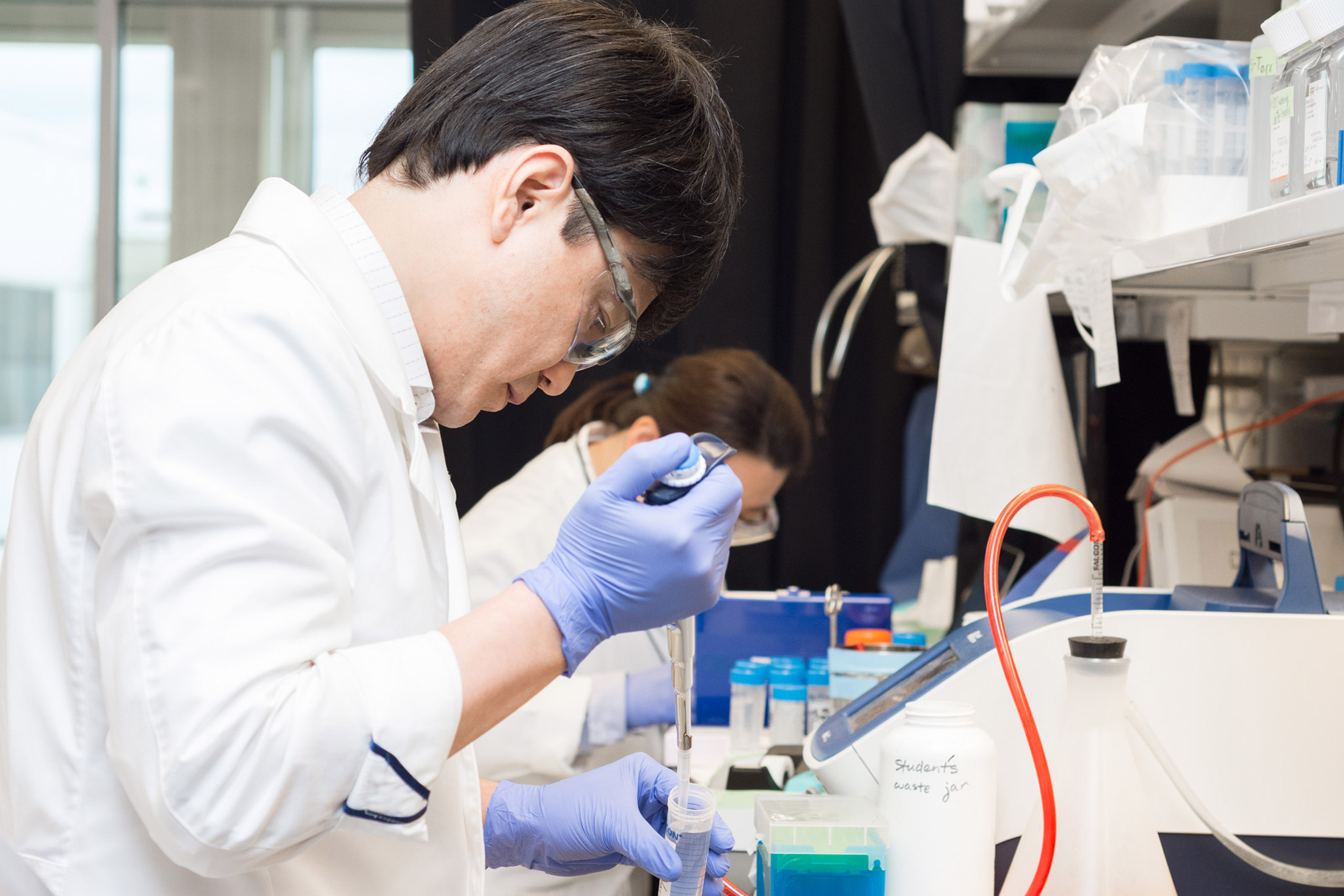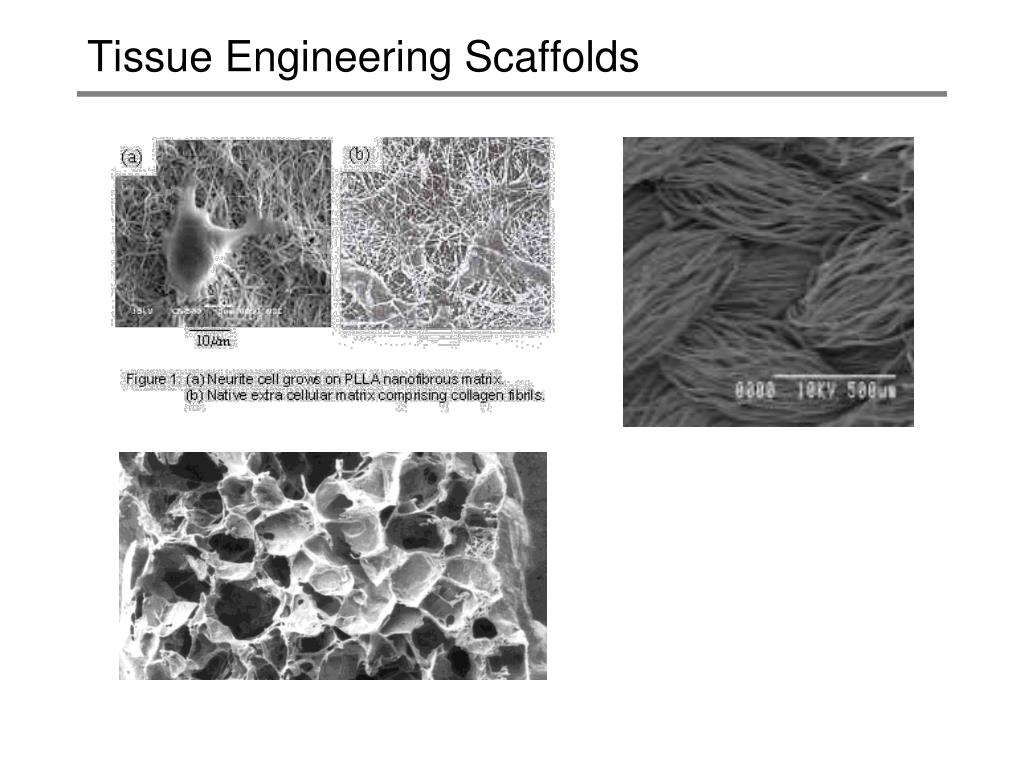
The team’s findings were published recently in the journal ACS Nano. It turns out that GO’s new “selective scaffold” could improve the process of producing hydrogen from the ocean. When she canvassed her team for suggestions on how best to test the new framework, Gabriele Capilli, a postdoctoral fellow in her lab, suggested seawater electrolysis, a process similar to others he had worked on during his Ph.D. Cerutti proposed the following modification with GO flakes stacked on the pore walls, “which allowed us to exploit another interesting property of GO-it creates a membrane that is permeable to water but not to other molecules.” student Yiwen Chen combined graphene with oxygen in suspension with water to create a reduc graphene oxide (GO), porous, volumetric, electrically conductive the scaffold. Looking for a way to create a user-friendly structure, Cerutti’s Ph.D. Now her quest to improve its quality has opened the way to a possible solution to one of the problems of producing hydrogen from seawater.Ĭerutti, a professor of materials engineering at McGill University, explained that while graphene is structurally robust, “a single sheet of atoms is not something you can easily work with.” In fact, stacking the sheets gives, basically, a pencil.


Marta Cerutti has worked for years with graphene, a single sheet of carbon atoms with the incredible properties of electrical conductivity and the ability to support enormous weight. In her research on bone tissue engineering, Dr.


 0 kommentar(er)
0 kommentar(er)
